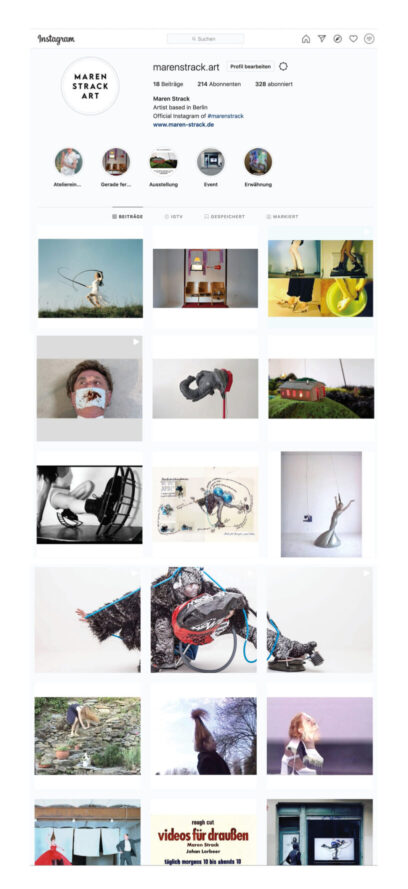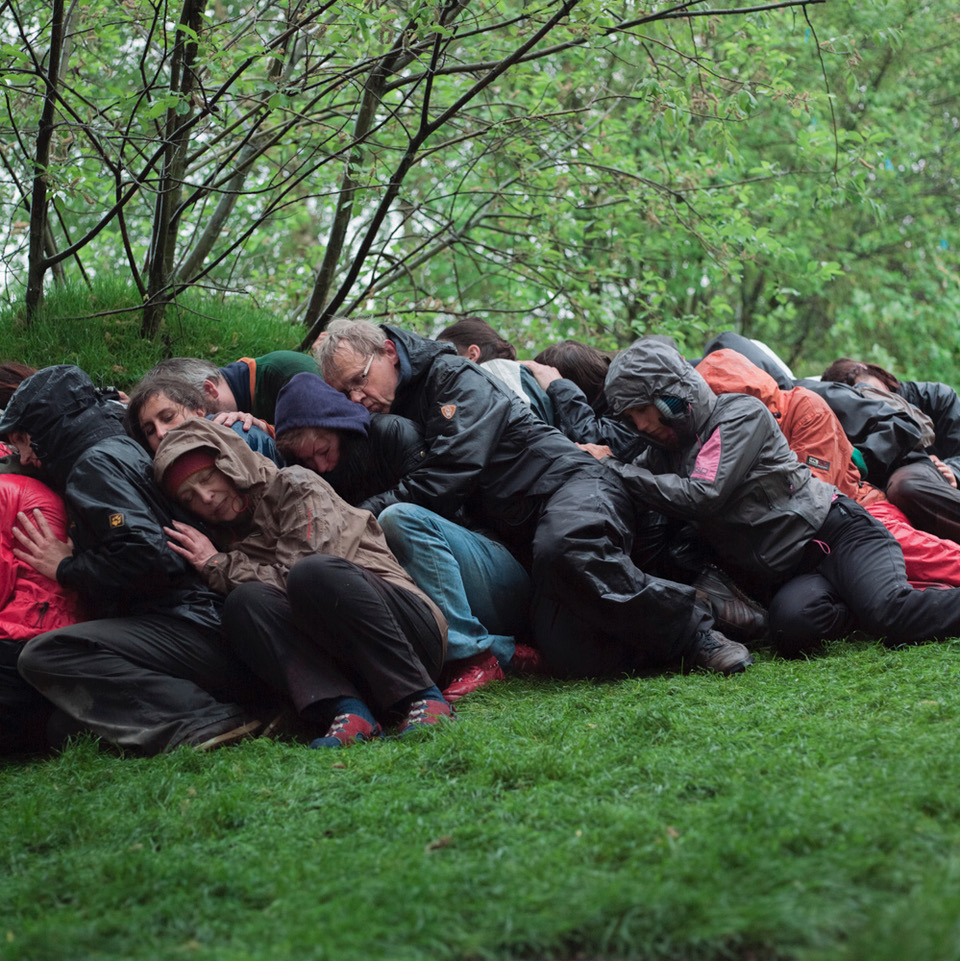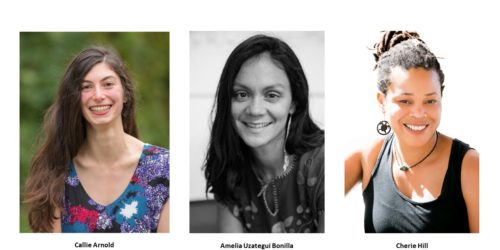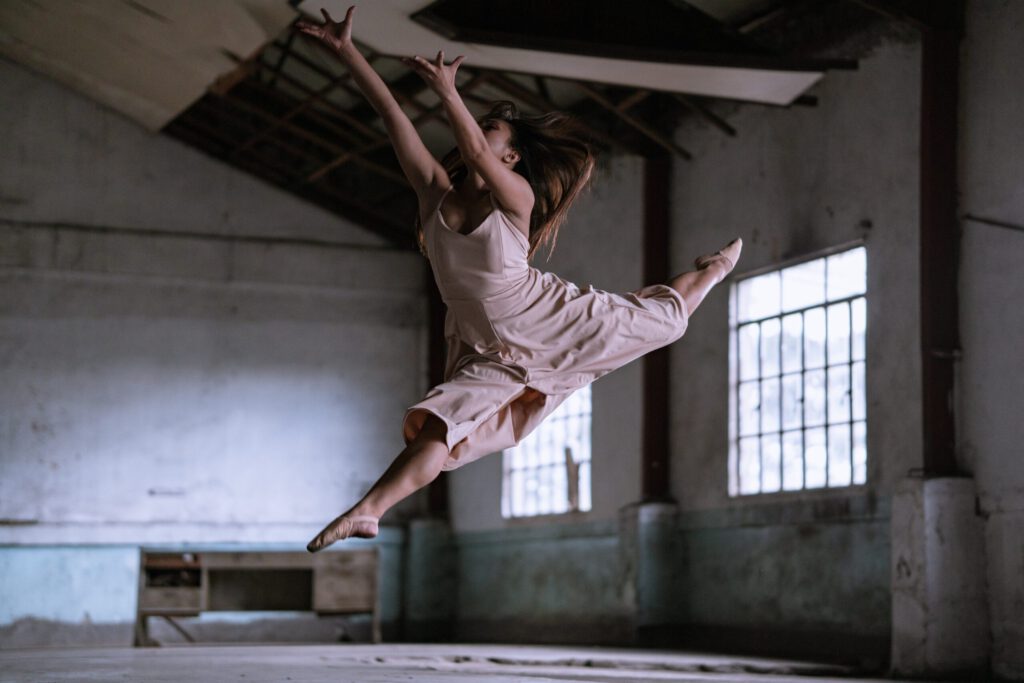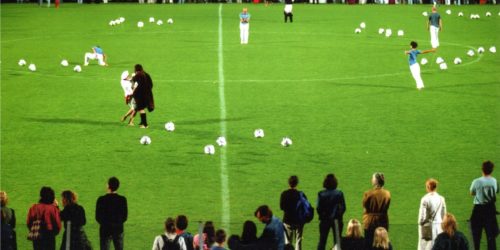Motherhood and Dance. Interview series by Katelyn Skelley
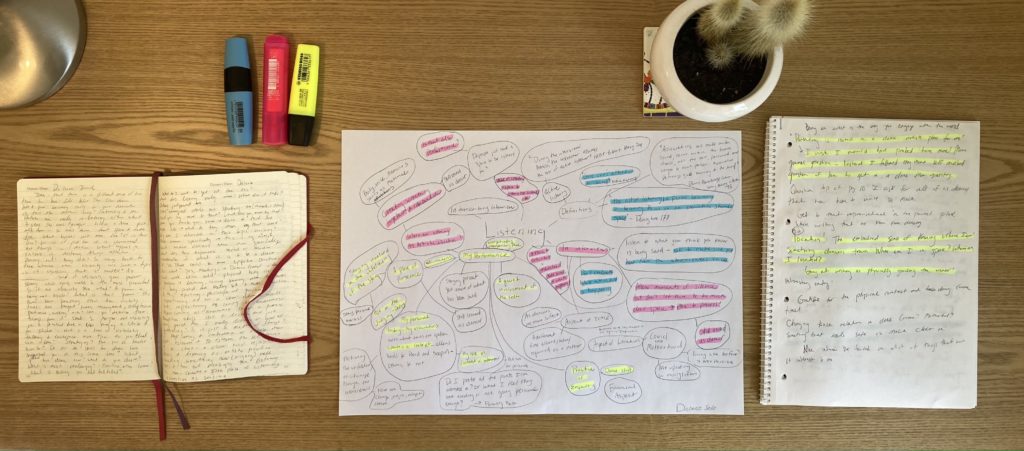
“Listening as an artistic process: motherhood, dance and making knowledge explicit,” is a project centered around oral history inspired interviews with four dance artists who are mothers: Lillian Stillwell, Nina Wollny, Patscharaporn Distakul and Anna Marie Shogren. I first interviewed each of the women as part of my master thesis in 2019 and second interviews were conducted as part of the Dachverband Tanz Deutschland DIS-TANZ-SOLO funded project between April – July 2021. In the second interviews, I was curious to learn about how the women were doing especially in relation to working and mothering in the time of the pandemic. What interested me about these four women was that they were working as freelance dance artists and had young children at the time of the interviews. Therefore, I felt that speaking with them and sharing their stories could capture current perspectives on being a parent in the dance field.
Beyond sharing their stories, I was interested in engaging in this project as an opportunity to treat the interview and post-interview periods (listening to the recordings, transcribing and editing) as an artistic process. This wish came from my feeling that interviewing provided a space to access my skills and knowledge that were honed as a dancer. I questioned: how can I make the transfer between dance and interviewing more explicit for myself? To reflect this question, I did a series of note taking and journaling through the post-interview period. I found that interviewing provides possibility for a joint collaboration that activates our bodies, voices, memories, questions, stories, struggles and discoveries as material to work from. There is so much that can come from simply making a space and time for asking and listening. One woman described the interviewing experience as a practice of empathy. The attunement for energetically understanding and supporting what is needed during the interview exchange, I believe, comes from years of training and performing as a dancer. In a duet for example, one can sensitively play with the communication of stepping up, holding back, giving a quiet support and putting on additional pressure when more is desired from the other – very similar transactions can happen throughout interview processes.
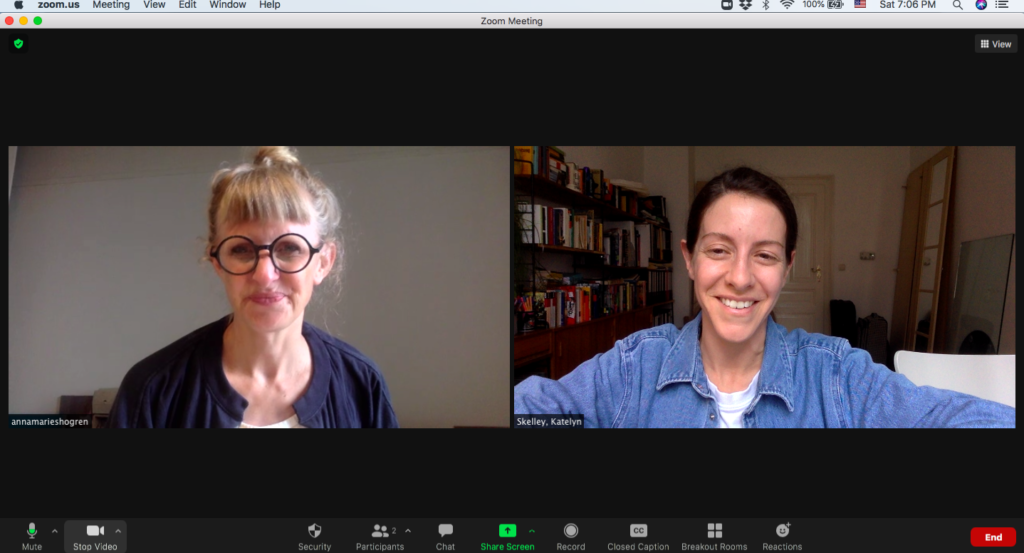
In addition, the exchange has the potential for the interviewee to voice thoughts, opinions and feelings that were not yet articulated and, in a way, not yet fully known. This creates a space to actually produce new ways of understanding for both the interviewee and interviewer. One of the questions asked was: what does it mean to be a dance artist now? This question forged a thinking/reflecting process and a personalized response from each individual. On a broader scope, it was a way to listen for and evaluate what impact motherhood as well as the pandemic may have on working as a dancer. My challenge with questions such as these, is to listen carefully to what is being said. Does the answer jump to a general statement, something that sounds like it was ‘in the pocket?’ Or does is stumble, provoke a moment of silence and connect to something personal? If it doesn’t, then I find a way to ask again. My wish is that probing further on difficult questions within an environment of empathy can provide a space for interviewees to more fully articulate their current position and what is important to them. In a time when so much is uncertain, creating avenues that tune one’s perspective can work towards enlivening empowerment from within.
The interviews were published on the re_dance platform website between September and October 2021: http://www.re-dance.work

